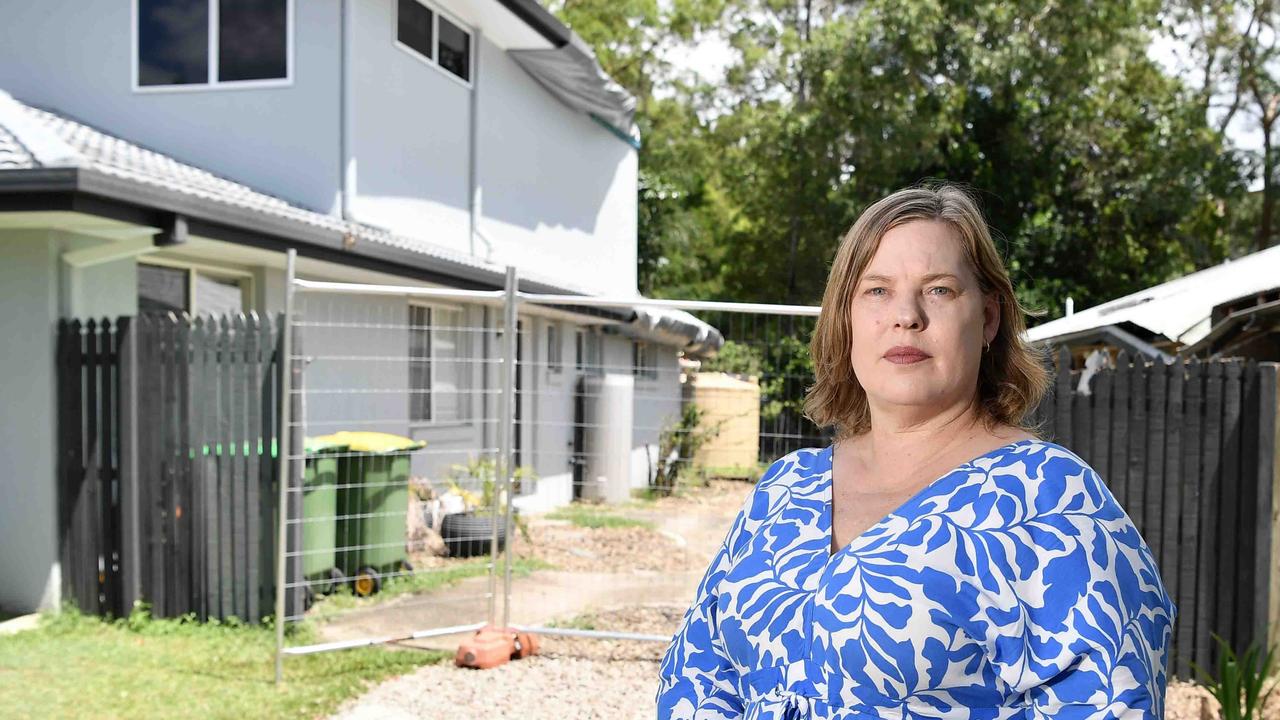The five biggest sex trends sweeping Australia this year
Want to stay ahead of the game? These are the hottest sex trends – in and out of the bedroom – set to take over Australia this year.

QLD News
Don't miss out on the headlines from QLD News. Followed categories will be added to My News.
A leading sexual wellness company has revealed the hottest trends expected to take over Australia this year.
The 2025 Sex Trends Report, headed by LoveHoney Group, found what Australians would be doing more of, both in and out of the bedroom this year.
With the help of Australia’s best sex and relationship experts, the report saw an increase in self-awareness, political discourse and shifting societal norms around sex, pleasure, and identity.
Here are the top five biggest sex trends in for 2025:
1. Sober sex
Australians would be opting to engage in intimacy without the consumption of alcohol or substances, in a bid to be more authentic and present.
Challenging the societal norms linking alcohol or substances to fun or relaxation, the trend recognised how influences could sometimes impair consent, communication, and overall enjoyment.
Arcwave and Lovehoney Group sex expert for men Cam Fraser said he saw a lot of male
clients who were aware of the detrimental impact alcohol has on their sex life and sexual functioning.

“They’re making the decision to reduce their alcohol intake in general and specifically not drink when they plan to be sexual, either with a long-term partner or on a night out with hopes of casual sex,” he said.
The rise also saw a link to self-care and emotional health, with many people seeing sober sex as an empowering choice that enhances both personal wellbeing and connection.
2. Sex as a powerful political statement
An increase in advocating for bodily autonomy was also on the cards for 2025.
This has already been seen particularly with viral trends such as #boysober on TikTok, Instagram and other social media platforms. The trend saw women practising abstinence from relationships predominantly driven by sex, ultimately promoting sexual freedom and rights over their own bodies.
Another trend was Korea’s 4B movement where women stopped dating to first find a better relationship with themselves with the four rules being, “No sex. No dating. No marriage. No children”.
Womanizer sex and relationship expert Christine Rafe said sex and pleasure have had a long history of being influenced by social constructs and political narratives.
“This includes restricting access to sex-positive education, policing gender and sexual behaviours, gender-based violence, reproductive choice and bodily autonomy,” Ms Rafe said.
“This year, the increasingly conservative political rhetoric is being met by many in protest to the politicising of reproductive and sexual rights and bodily autonomy in the US and beyond.”

3. Fluidity of relationships and identity
Individuals were feeling less pressured to label their preferences or orientations, as sexual fluidity was expected to be on the rise in 2025.
Rather than sticking to “heterosexual” or “homosexual” labels, sexuality was increasingly being viewed as a dynamic, evolving aspect of identity.
It came off the back of increased awareness of non-binary, gender-fluid, and agender identities, with individuals feeling more empowered to move away from conventional labels.
The rising trend meant people felt more comfortable and free to explore their desires and attractions, with many experiencing shifts in their relationships or attractions over time.
Additionally, ethical non-monogamy (ENM), such as open relationships, polyamory, and other non-monogamous arrangements would continue to grow in popularity.
4. Discovering erogenous zones
Remember that F.R.I.E.N.D.S. episode where Monica explained the seven erogenous zones to Chandler? Australians will be doing a lot more of that this year.
This trend was about embracing self-awareness, and curiosity, and holding a more inclusive view of pleasure.
Individuals were discovering the power of lesser-known zones, such as the neck, inner thighs, earlobes and more.
As individuals move beyond traditional, genital-centric views of intimacy, there’s a growing trend toward exploring the vast spectrum of pleasure points across the body.
By exploring the full range of erogenous zones, people were reimagining sexual satisfaction, creating more deeper, diverse experiences. It also promoted openness to unconventional forms of pleasure.

“Embracing sensual and sexual pleasure as a whole-body and whole-person experience, rather than focusing solely on the genitals, opens up opportunities for everyone to expand their pleasure potential,” Ms Rafe said.
“This concept can be particularly empowering for folk with disabilities or conditions that affect genital sensitivity, access, or function.
“Any part of the body can serve as a gateway to our sexual selves, and what feels erotic, sensual, or sexual is unique to each person. This means any part of your body could be an erogenous zone for you — so stay curious.”
5. Shift towards holistic pleasure
Sexual wellness would evolve into a more holistic experience, expanding beyond physical intimacy to consider mental, emotional, and communal dimensions.
The rising trend was a product of a growing understanding that true sexual wellbeing encompassed not only physical pleasure but also mental health, self-care, and emotional connections.
As people increasingly recognise the interconnectedness of their bodies, minds, and relationships, sexual wellness will become a broader lifestyle choice, with a focus on connection, exploration, and self empowerment.
Additionally, the increasing awareness of how mental health, trauma, and body image impact intimacy, meant more people would turn to therapy, sex education, and counselling.
In turn, this would lead to a more proactive approach to intimacy, where emotional health is considered just as important as physical health.
Originally published as The five biggest sex trends sweeping Australia this year



